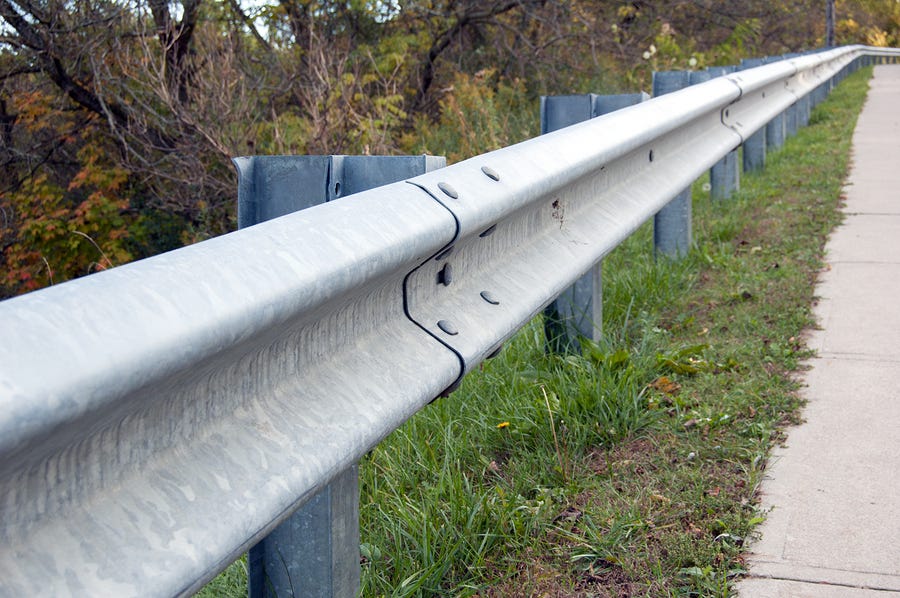Revolutionizing Digital Asset Security with AI
The world of blockchain and web3 is rapidly evolving!
Yes, Captain Obvious, so what?
Well, how do you possibly keep up with the constant change? How do you filter through the barrage of noise? How do you decide if a change, whether good or bad, in a currency, protocol, or counterparty is something you should care about?
Uhh…
There has never been a greater need for robust and continuous risk assessment tools that can help secure the growing world of cryptocurrencies, decentralized finance (DeFi) protocols, and centralized exchanges. That’s why I’m excited to be a part of Lockchain.ai, a pioneering startup we recently launched that is primed to revolutionize the way we analyze and manage digital asset risks in the blockchain ecosystem. Especially helping traders and investment managers protect crypto and other blockchain-based assets.
Traditional risk management methods often fall short in addressing the complex and dynamic nature of blockchain-based systems. Implementing a solution like ours would normally require an army of analysts pouring over documents to find needles of information in the proverbial haystack. Oh, and tomorrow we get to do it all again since the needle has moved (pun definitely intended).
We built Lockchain.ai to fill this gap in the industry by providing cutting-edge risk analysis tools through the power of Artificial Intelligence, specifically Large Language Models (LLM) that can act as as sort of digital analyst. This approach is a game changer for risk management in the blockchain ecosystem. Recently, an investment firm used our platform to perform due diligence on a brand new DeFi protocol before making a sizable strategic investment. They did this in a matter of hours, not waiting days or weeks for a report.
Lockchain.ai’s platform uses several advanced machine learning techniques, including entity recognition and natural language processing, to understand and interpret complex on- and off-chain blockchain data, smart contract code, and security audit reports. We use various data processing techniques to first clean and normalize the data to ensure it’s ready for analysis. The AI algorithms then analyze the data to identify patterns, relationships, and anomalies that could indicate potential risks. This continuous process is crucial for detecting vulnerabilities and risks in real-time to ensure proactive risk management.
That all sounds great, but risk management is a critical topic. How do you know that the AI isn’t just making stuff up?!?
Great question! One of the main challenges with LLMs is their tendency to present false or outdated information, known as hallucinations. This can lead to a lack of trust among users, especially when they expect specific, current responses. Just like a human analyst, our AI analyst requires some guidance and parameters to ensure that it doesn’t become overzealous. At Lockchain.ai, we’re doing several things to address this concern and ensure that our analysis is both current and accurate.
Retrieval augmented generation (RAG) is a technical solution that serves as a crucial guardrail in our risk management approach. RAG operates by interfacing with an external knowledge base that is separate from the AI model's initial training data. Before generating a response, the model queries this knowledge base to retrieve the most pertinent and recent information. The retrieved information is then combined with the model's analytical abilities to produce an output that is not only relevant and accurate but also highly applicable to the current context.
RAG is not the only guardrail we’re using to ensure the precision of our risk assessments. By adjusting the LLM’s “temperature”, we can control the randomness of the generated output, ensuring that the information provided is both accurate and reliable. After all, we’re analyzing risk here, not writing poetry. Additionally, we continue to invest considerable effort in prompt engineering, carefully designing the input prompts for the LLM to guide it towards producing the desired output. This not only helps in reducing hallucinations but also ensures that the AI's responses are more aligned with the specific context and requirements of web3 security.
Looking ahead, the Lockchain.ai engineering team is already working to expand our AI capabilities and exploring new technical approaches to enhance digital asset security. We continue to evolve our platform capabilities to balance the speed of market change with accurate, actionable risk intelligence. Stay tuned as we continue on this journey and reach out to learn more about our platform and our mission to protect and empower the blockchain community.



